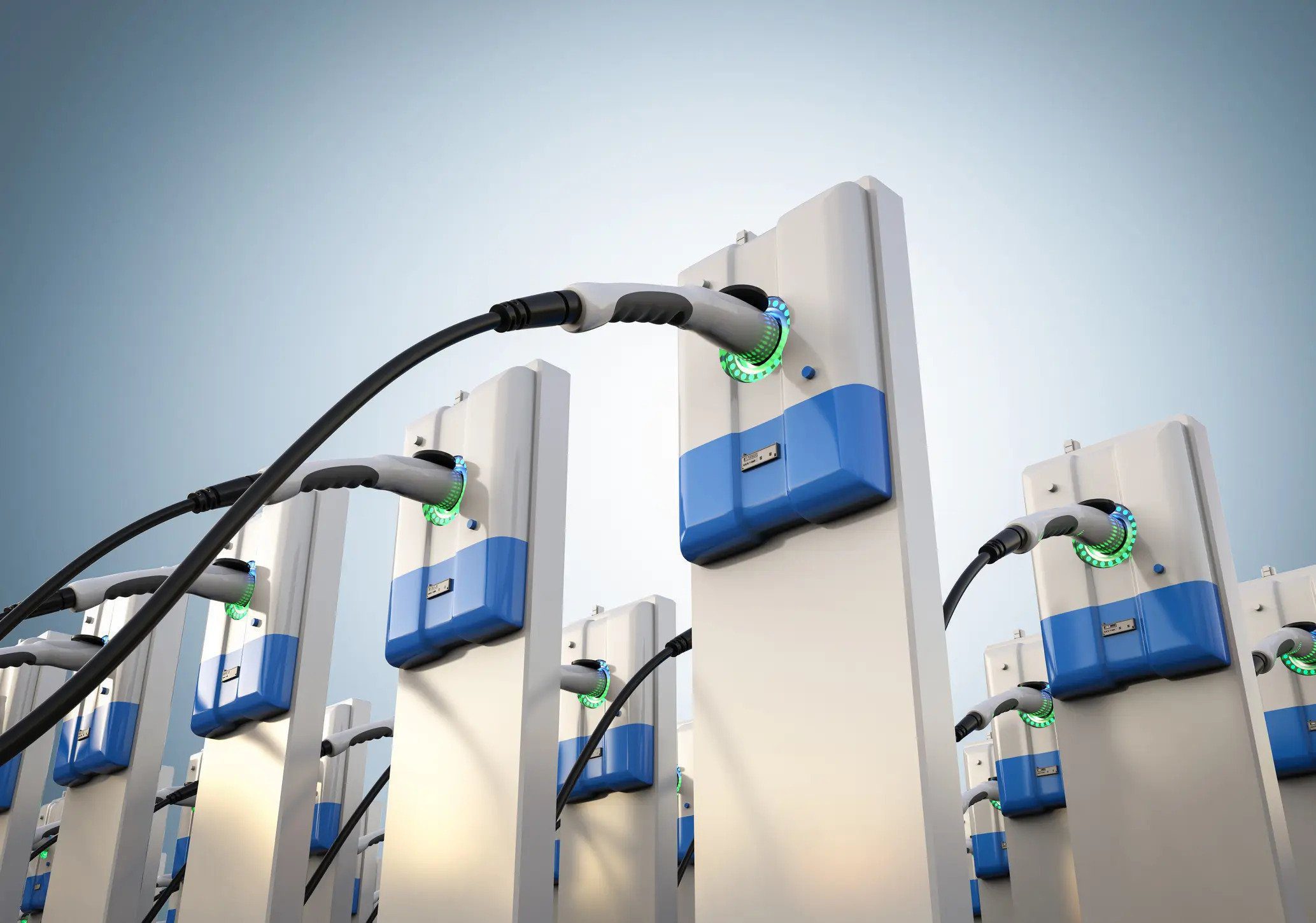Electric vehicles. Wind turbines. Solar panels. Zero energy homes. Efficient clean water delivery.
All are essential to a lower carbon future. And all are reliant on a resilient supply of modern materials needed to upgrade our nation’s infrastructure.
We cannot achieve a lower carbon future and achieve our climate goals without these modern, durable materials. Plus, these same materials are essential to creating medical supplies, personal safety equipment, and a safer food supply.
Which modern materials? Paper or glass? Graphite? Metal alloys?
Nope. Durable plastics. The advanced materials that enable all the above lifesaving, energy-saving, and lower carbon solutions.
Let’s look at the importance of these modern materials to one of the growing sectors of our nation’s infrastructure: electric vehicles (EVs) and their recharging system.
Efficiency
Durable plastic components reduce the weight of our cars and trucks… whether electric or not. According to the U.S. Department of Energy, “a 10% reduction in vehicle weight can result in a 6%-8% fuel economy improvement.” That’s why U.S. automakers are replacing heavier materials with durable and lightweight plastics, which helps increase fuel efficiency, reduce energy use nationwide, save us money at the pump… and drive down greenhouse gas emissions.
Weight reduction is especially important in electric vehicles and batteries. For example, EV batteries – which today typically comprise about a third of vehicle mass – continue to shed weight in part due to lightweight plastic battery packs, allowing an EV to go farther between charges. And advanced plastics in components such as EV battery separators can boost power up to 30% while maintaining temperature stability, improving safety and extending driving range.
Safety
It takes a lot of electrical energy to power EVs, which creates a greater need to protect batteries and occupants from potential fire hazards. Plastics can help:
- Plastics can be engineered to withstand the high heat and electrical currents generated by EVs.
- All-plastic battery packs feature a design circuit that improves battery safety by reducing the risk of short circuits.
- Lightweight and sturdy plastic battery pack systems also can help protect vehicle batteries during impacts.
- And use of flame-retardant plastics throughout the car can help reduce fire-related risks.
Recharging
Plastics will play a critical role in expanding our EV charging infrastructure nationwide. Advanced plastics help improve the protection of charging stations by making them more resistant to dents, corrosion, and inclement weather — imperative since charging stations are typically located outdoors (and exposed to less than stellar drivers). Heavy-duty plastics also can help prevent tampering or vandalism by providing tough casing for the charging port and charger cover.

Future
It’s safe to say: Plastics are powering the future of EVs. U.S. automakers rely on these modern materials to produce the cars and trucks that will rEVolutionize our driving experience. And help drive down greenhouse gas emissions.
Modern plastics are key to our nation’s ability to move people, energy, goods, and water. As we work on upgrading our nation’s infrastructure, we’ll need a ready supply of the modern materials that can improve our resiliency while driving down greenhouse gas emissions.
Click here for info on innovative technologies that remake plastics.
Click here for info on a global agreement on ending plastics in our environment.

